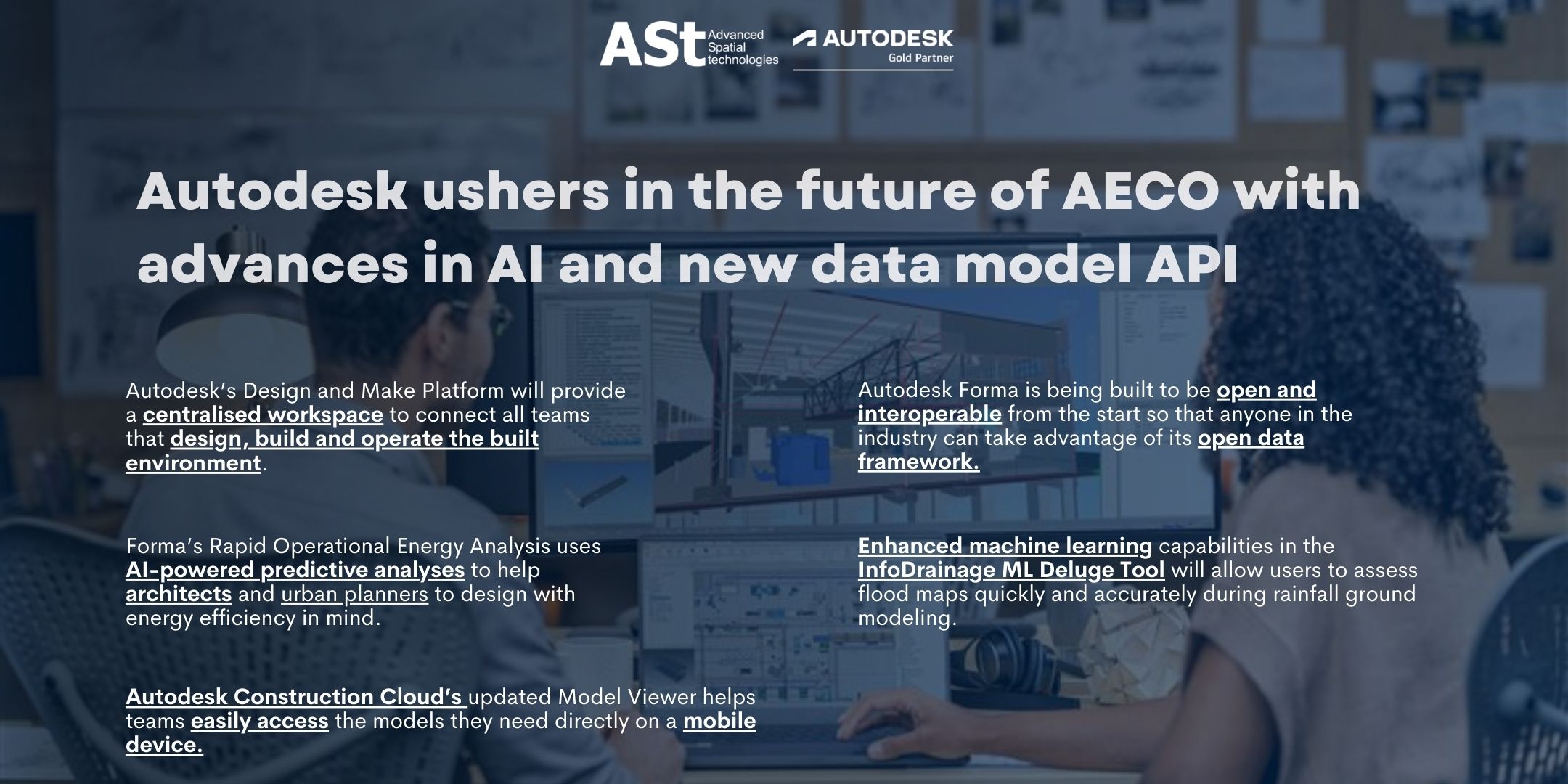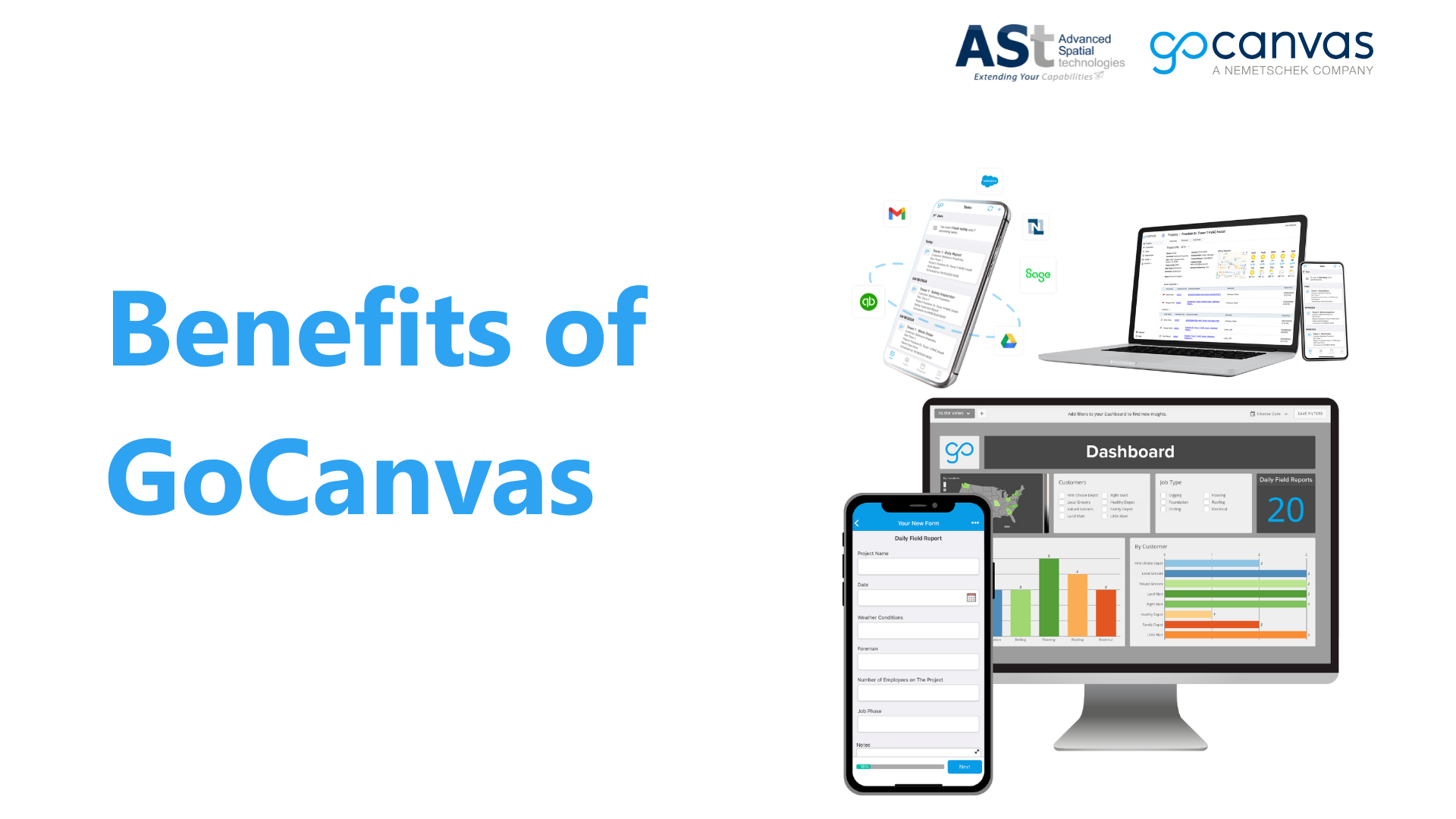
Autodesk’s Design and Make Platform will provide a centralized workspace to connect all teams that design, build and operate the built environment.
Tangled technology and processes have tied the architecture, engineering, construction, and operations (AECO) industry into an extremely intricate and complicated knot.
Pull at the project schedule thread, and the timeline tightens. Pull at the supply chain thread, and cost seizes up. Loose threads of disconnected data between each project stage cause delays, rework, and waste.
It’s time to untie the knot and fundamentally change how we design and make the built environment.
With Autodesk’s Design and Make Platform, we’re creating a cloud-connected environment where artificial intelligence (AI) can help you glean the most from your project data, so you can make decisions early, collaboratively, and confidently. As data flows from design to construction to operations, a centralized industry cloud for AECO will bolster collaboration and enable new ways of working.
We’re excited to share how these advances come together at Autodesk University (AU) 2023.
AI-powered solutions in the built environment, from design to make
We see AI as a tool that empowers humans to be more creative and do more meaningful work. It can automate processes, analyze data, and augment project teams’ current approach to exploration and problem solving, providing insights that cut through the noise and uncover new solutions. It can automate mundane processes that drag down creativity and enable outcome-driven design.
The Autodesk AI journey began a decade ago. Since then, we’ve developed various AI capabilities that are used today across our AECO solutions.
Today, we unveiled two updates that incorporate AI and machine-learning (ML) capabilities to improve efficiencies for customers designing drainage systems and managing water:
- To support drainage design, an essential part of every project in the built environment, we’ve enhanced InfoDrainage with the new ML Deluge Tool.This tool enables designers to predict flood maps quickly and accurately when applying water on the site surface, all while leveraging new built-in artificial intelligence. Designs are made more responsive and efficient, so civil engineers can spend less time trialing stormwater controls and instead focus on creating sustainable and resilient drainage schemes.
- For sewer asset inspections, we’re exploring the integration of VAPAR’s AI image technology into Info360 Asset. VAPAR technology automatically flags problematic issues in pipes, saving operators hours of watching tedious sewer line inspection videos while significantly reducing capital expenditure costs. We will share more details in the near future.

Enhanced machine learning capabilities in the InfoDrainage ML Deluge Tool will allow users to assess flood maps quickly and accurately during rainfall ground modeling.
In May, we launched Autodesk Forma with a suite of AI-powered predictive analyses that enable fast, fluid iterations at the earliest stages of the planning and design process, when you can have the greatest impact on outcomes. Rapid Noise Analysis and Rapid Wind Analysis predict noise and wind conditions to give designers an indication of how a building will be affected by its surroundings. And Rapid Operational Energy Analysis allows designers to see how changes to interrelated factors such as a building’s geometry, window-to-wall ratio, and roof and wall construction types affect the building’s predicted energy use.
AI is also helping to automate the manual work of drafting. In AutoCAD 2024, Markup Assist uses ML to automatically update existing drawing text, convert shapes into AutoCAD objects, and execute markup instructions. And Smart Blocks Replacement helps to quickly find the blocks you need by providing ML-powered suggestions when replacing a block.

Forma’s Rapid Operational Energy Analysis uses AI-powered predictive analyses to help architects and urban planners to design with energy efficiency in mind.
Additionally, teams further downstream in the building lifecycle may already be familiar with Construction IQ, Autodesk’s first prediction-based AI capability in construction. Part of Autodesk Construction Cloud, Construction IQ analyzes issues, observations, checklists, subcontractor assignments, and more to help construction teams identify a wide variety of risk factors, helping to make workers safer and more productive on the jobsite.
Earlier this year, we added another AI-based capability to Autodesk Construction Cloud, AutoSpecs in ACC, which automates submittal log generation. Leveraging ML, it creates submittal logs from PDF spec books in minutes—a process that can traditionally take weeks. With AutoSpecs’ Suggested Submittals, teams can leverage AI to identify missing submittal items before they become costly errors.
AI is built into many of our assistive workflows, from preconstruction and construction management to operations. This includes bid management and qualification, quantification and estimating, document management, project management, and quality and safety. For our construction solutions, AI is integral to our customers’ workflows and how they achieve better outcomes.
The Autodesk Data Model provides granular, accessible AEC data for the future of BIM
AI needs good data to be effective, which is why a reimagined, connected environment for data is at the heart of our Design and Make Platform. The Autodesk Data Model works by breaking down files into data subsets, including files that don’t originate in Autodesk tools, so you can share just the pieces of data your collaborator needs rather than massive models. APIs help developers access that granular data and extract value from it.
Today at AU, we shared that a new data model API for AEC is now in public beta. The public beta is currently available for Revit but will evolve to enable customers to unlock value for Civil 3D and other civil-architectural design applications. Access to data that granular, open and accessible allows you to:
- Deliver up-to-date structured data to the right people at the right time.
- Offer intuitive experiences for BIM (Building Information Modeling) experts and non-experts alike.
- Enable customizable workflows to meet diverse needs across project phases and industries.
We are working towards a future that enables hybrid workflows across Autodesk Forma, Autodesk Construction Cloud, other Autodesk offerings such as Revit and Civil 3D, and third-party applications. Our goal is to expand BIM in a way that will drive the industry toward a more successful future through seamless, outcome-driven collaboration. While we build these new workflows, we remain committed to continuing to develop the core capabilities of the Autodesk solutions you need to do your work today.
For more information about the Autodesk Data Model and to sign up for the API, visit Autodesk Platform Services.
Speaking of data, today, we’re also excited to release new capabilities for Autodesk Construction Cloud. These include a new Model Viewer and Work Planning, both in private beta, which support more informed decision-making:
- Our updated Model Viewer makes rich data in BIM models available to the field, helping anyone on a project pull up the models they need in seconds on a mobile device. It gets the right data into the right hands and removes the barrier that some large sized models create when trying to access them in the field.
- Work Planning adds new functionality to Autodesk Build’s scheduling tool and allows project managers to quickly adjust near-term schedules when the unexpected occurs.
- New Advanced Filters also empower builders to customize views so models are more manageable for those who use them.
- With 3D Progress Tracking, teams can now input put models into Assets to visually track how projects are progressing.

Autodesk Construction Cloud’s updated Model Viewer helps teams easily access the models they need directly on a mobile device.
Centralized, structured data empowers our customers to make decisions early, with confidence. With data connected across every phase in the project lifecycle, teams can unlock a new way of working. One where technology systems are integrated, and information flows across tools, teams, and processes. When you and your partners have a continuous flow of current and historical information available directly in your authoring tools, the data empowers you to make constructability decisions in design, avoiding problems later.
Another way we enable connected, accessible data is through our Forma API and interoperability with third-party tools, such as our existing connection between Forma and Rhino, which we built on the Rhino Open API. We are committed to expanding Forma’s interoperability, unifying data not just with other Autodesk software, but with the industry as a whole. For instance, we are working with the likes of Trimble and Nemetschek to explore ways to improve collaboration, information sharing, and efficiency for our customers. We will share more details in the near future.

Autodesk Forma is being built to be open and interoperable from the start so that anyone in the industry can take advantage of its open data framework.
The AECO industry’s evolution
Remember the intricate and complicated knot? In the future, we’ll have unraveled it and replaced it with a unified AECO environment that makes the most of AI. And as more useful data is surfaced, AI will get better at enabling team members to make informed decisions earlier. We know that having a trusted technology partner is paramount to support you through this evolution. Autodesk understands your team and how your business works—we will be with you from design to the construction jobsite, all the way through to operations.
Imagine if you could securely identify what on-time, on-budget projects have in common—and replicate it. Or understand what poorly performing projects have in common—and avoid it. Your data thread—powered by AI—will produce those insights and so much more. Autodesk’s Design and Make Platform will provide a centralized workspace to connect all teams that design, build and operate the built environment. This is the next evolution of the AECO industry. It’s the future we’re building with you.
We encourage you to check out the live and on-demand classes at AU, and read on for more AECO news from Autodesk University:
- Autodesk Workshop XR, a new immersive workspace connected to Autodesk Construction Cloud, provides more effective design reviews. Here, teams can collaborate virtually, walking through models at a one-to-one scale to understand how a design translates to human feel in the built environment.
- The Phoenix, an affordable and sustainable housing project in California that will be built at about half the cost, time, and carbon footprint of a typical multi-family building in the San Francisco Bay Area. To make this possible, the project teams used the Autodesk Platform to collaborate and tap into AI-powered insights.
- The AEC TechDrop blog shares details of new capabilities for Revit, Civil 3D and ABC Pro that were announced at AU.




